RMAF 2017 Page 3



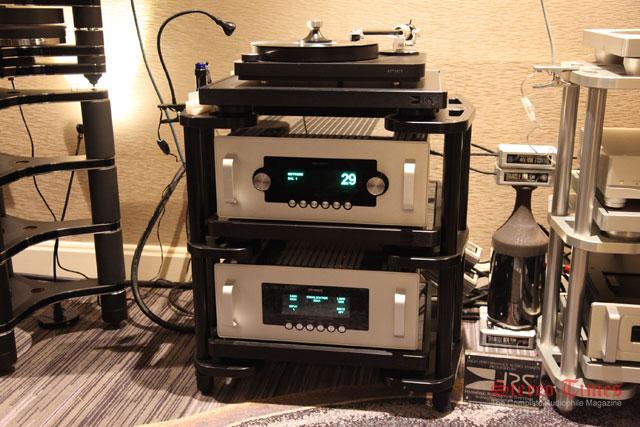
The Martin Logan suite that featured Audio Research and Clearaudio proved to be one of the most inspiring I’ve heard from an electrostat design. The power, loudness and sheer energy was equal to a dynamic design, but with more coherent focus and musicality. 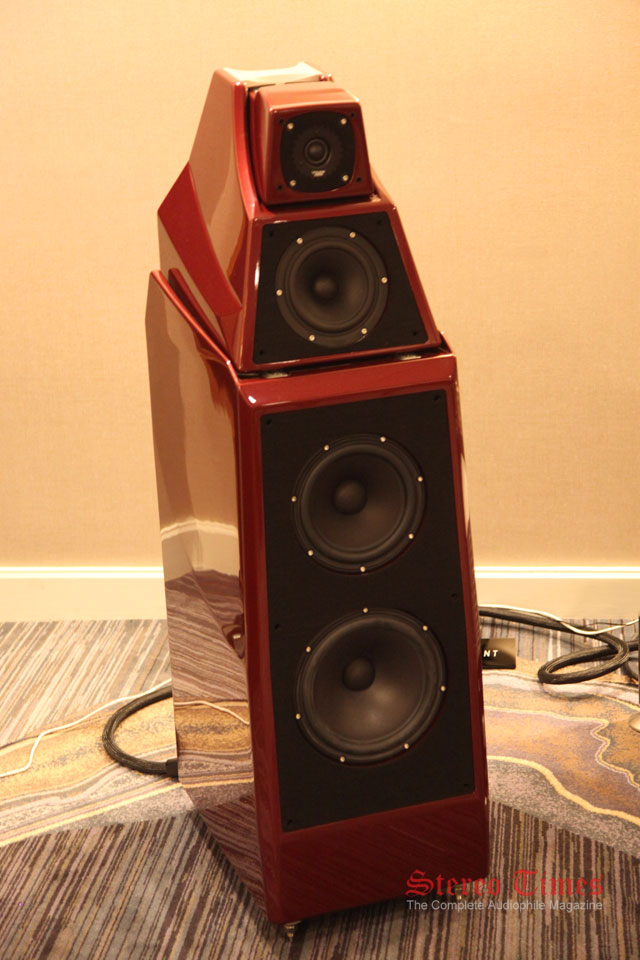
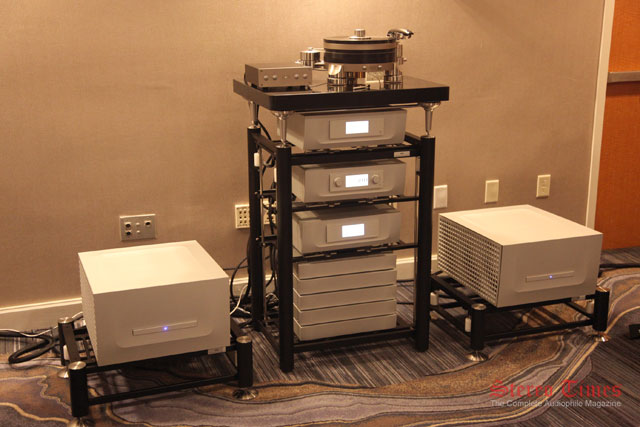
Show goers were swooned by the dynamic duo of the new Wilson Audio’s Alexa 2’s and a slew of Constellation Audio electronics.
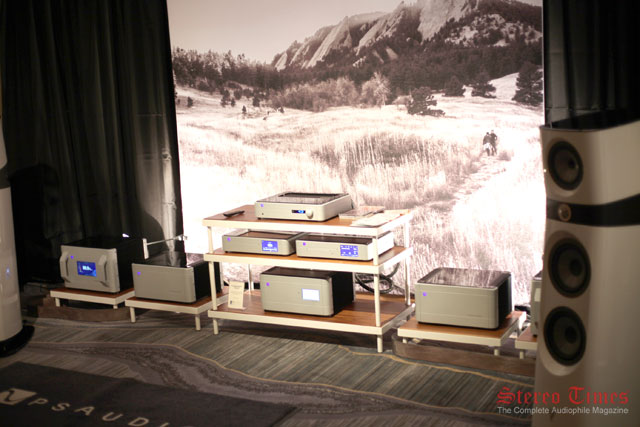

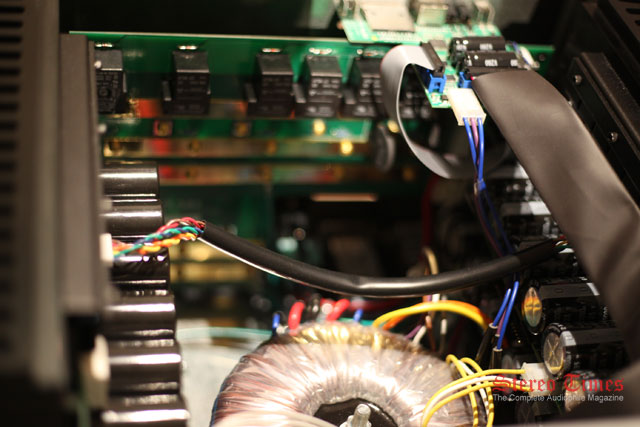
PS Audio really impressed me with their latest series of hi-end components on display at this year’s RMAF: most notably their all-new P-20 AC Regenerator ($TBA). Boasting a larger chassis, new LED screen and beefier internal parts, “this, says Paul McGowan, is our most auspicious unit to date!” Being an owner of the fabulous P-10, I cannot wait to hear the sonic improvements this is said to possess.
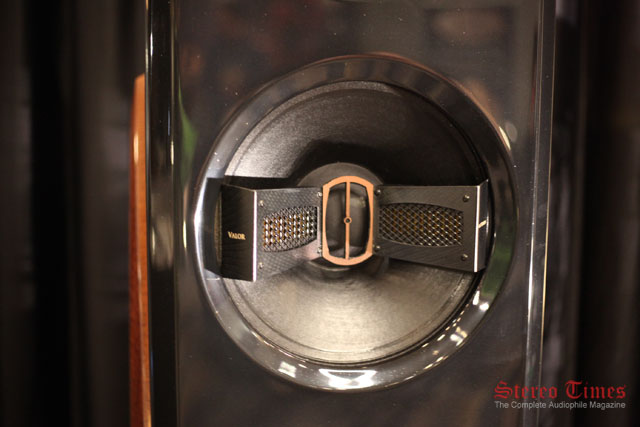
In addition to the Stereo Unfold technology, the company has also introduced a type of wave-guide and bridge-mounted tweeter array that employs dual 4″ AMT ribbons. Stereo Unfold technology purports: “precise spatial cues key to imaging are typically masked by early listening room reflections, while desirable late reflections that provide the dimensions and presence of the recording venue are either smeared or fade prematurely. The strategically shaped, dual radiation patterns generated by the VALOR system reduce early reflection in the direct field, thus unmasking critical spatial cues, while Wavelet’s STEREO UNFOLD algorithm identifies ambient information and restores it to proper time and level in the diffuse field.” Unfortunately, as wonderful as the appeared to work; giving greater clarity to instruments, especially the human voice, I ultimately preferred it off or in bypass mode. I don’t think it was the system as much as it is my preconcieved notions about room correction in general. As much as it helps the sound, it also hurts it by removing artifacts that are part of the musical signal. Problem with sophisticated computer software is that it doesn’t discern or know the difference between what’s good distortions versus bad ones. After more than ten years of embracing room correction, I’ve discovered it’s a double-edged sword and can do more harm than good.
Stereo Times Masthead
Publisher/Founder
Clement Perry
Editor
Dave Thomas
Senior Editors
Frank Alles, Mike Girardi, John Hoffman, Russell Lichter, Terry London, Moreno Mitchell, Paul Szabady, Bill Wells, Mike Wright, Stephen Yan, and Rob Dockery
Current Contributors
David Abramson, Tim Barrall, Dave Allison, Ron Cook, Lewis Dardick, Dan Secula, Don Shaulis, Greg Simmons, Eric Teh, Greg Voth, Richard Willie, Ed Van Winkle, and Rob Dockery
Music Reviewers:
Carlos Sanchez, John Jonczyk, John Sprung and Russell Lichter
Site Management Clement Perry
Ad Designer: Martin Perry





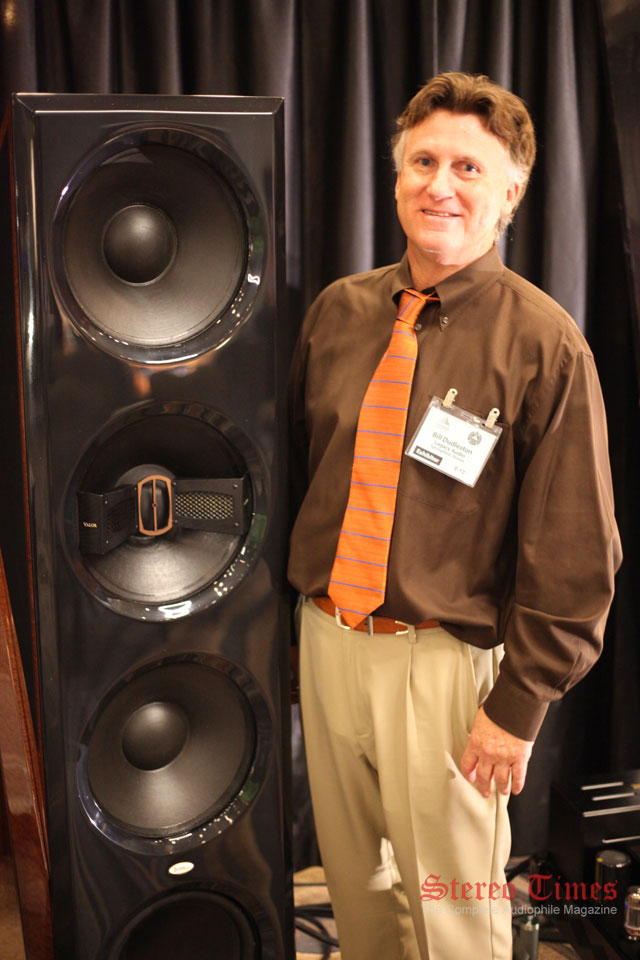
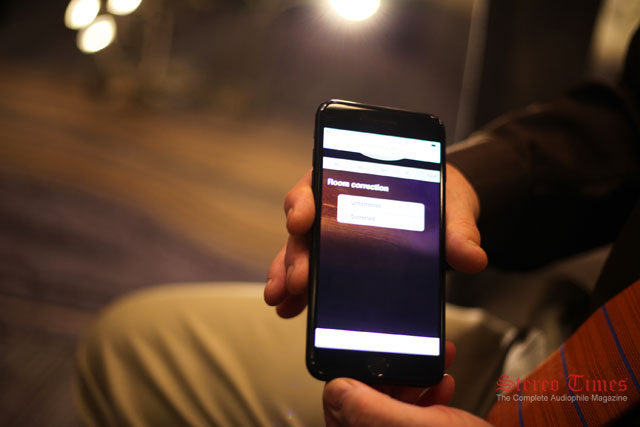





Be the first to comment on: RMAF 2017 Page 3